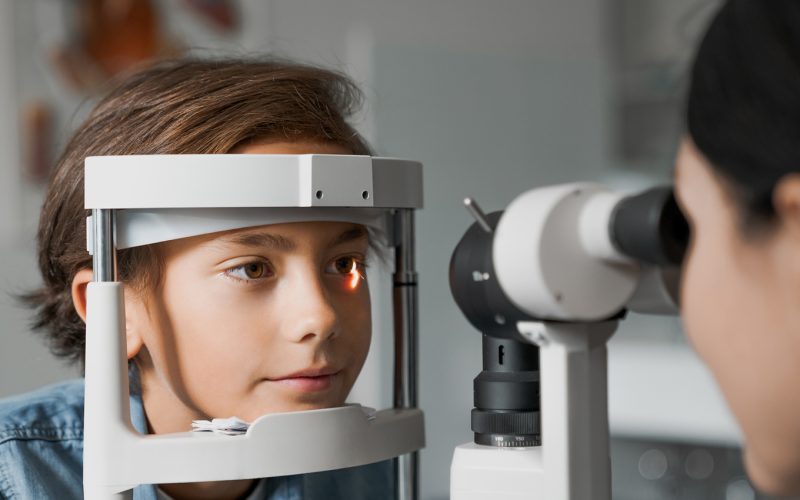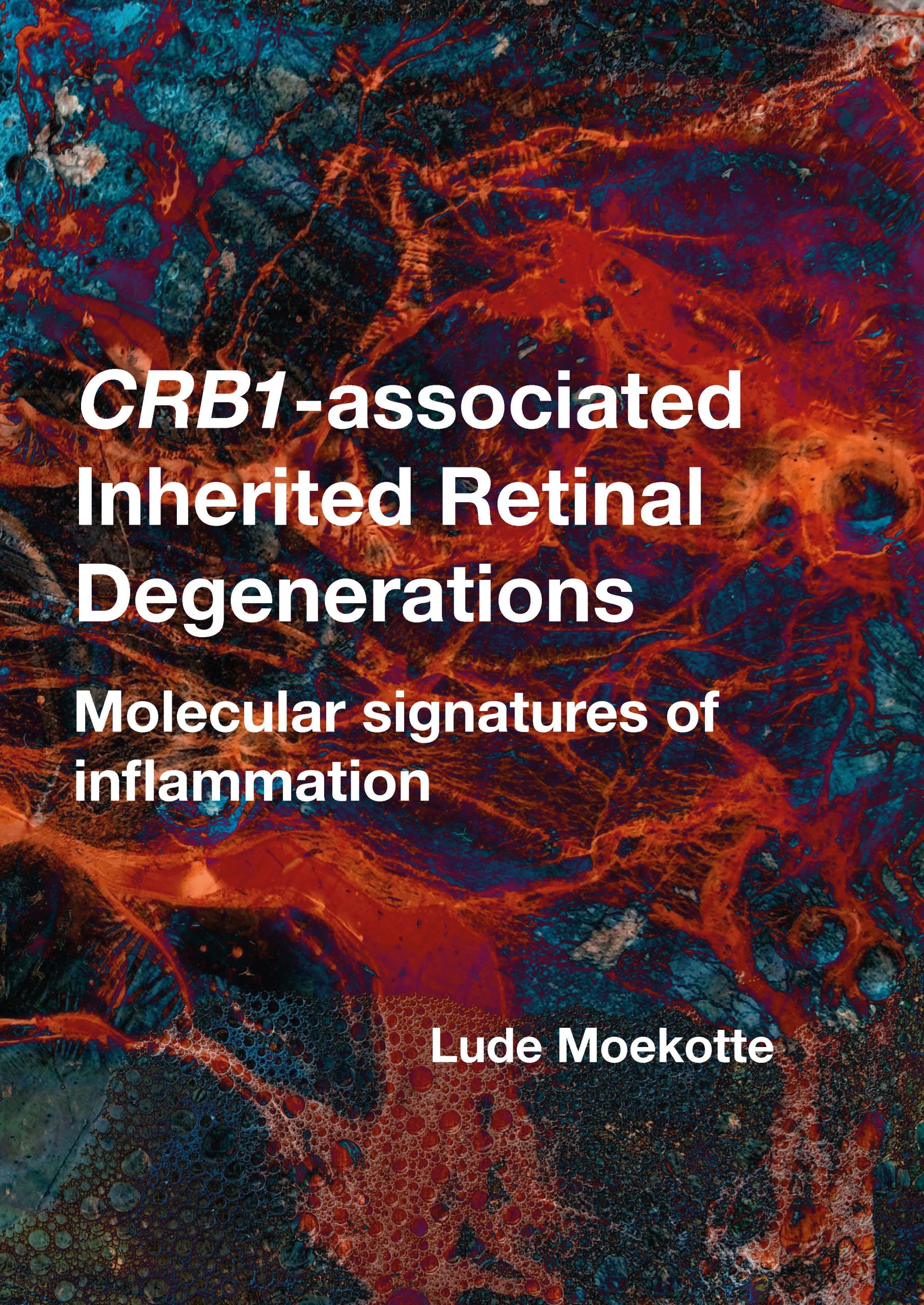PhD research by Lude Moekotte (UMC Utrecht) indicates that patients with inherited retinal dystrophies (IRDs) associated with variants in the CRB1 gene present with changes in their immune system with indications of alterations in their gut microbiota. These insights may contribute to development of improved treatments of comorbidities associated with CRB1-IRDs.
Inherited retinal dystrophies (IRDs) are a diverse group of inherited monogenic diseases of the retina which result in loss of photoreceptors and can cause significant visual impairment (such as night vision loss, tunnel vision, and blindness). The Crumbs homolog 1 (CRB1) gene encodes CRB1, a protein that is expressed in photoreceptors and is crucial for retinal photoreceptor integrity. Pathogenic variants in both alleles of CRB1 can lead to IRDs such as retinitis pigmentosa (RP) and Leber congenital amaurosis (LCA), leading to photoreceptor cell death and visual impairment. Vitreous inflammation and cystoid macula edema in CRB1-IRD patients suggests involvement of inflammatory pathways, but the molecular underpinnings are significantly underexplored. In his thesis, Lude Moekotte, MD (Department of Ophthalmology, UMC Utrecht) and colleagues investigated the possible changes in the immune system in human patients with CRB1-IRDs with the help of advanced immune profiling techniques.
Using flow cytometry, Lude Moekotte identified changes in blood leukocyte composition, characterized by an expansion of CD4+ and CD8+ T cells with specific tissue-homing markers. He also found a decrease in plasmacytoid dendritic cells (pDCs) in peripheral blood of CRB1-IRD patients compared to controls. It appears that CRB1-IRDs exhibit inflammatory pathways similar to those seen in autoimmune diseases.
Blood plasma proteomics revealed changes in plasma levels of complement factors and proteins of the innate immune system, indicating the involvement of complement and the innate immune system in CRB1-IRDs. In addition, his research shows that genetic linkage between CRB1 and CFH/CFHR genes may in part influence this phenomenon.
Moekotte and colleagues further showed that patients with a CRB1-IRD show an increase of lipid metabolites that are linked to photoreceptor degeneration, as well as a decrease of neuroprotective secondary bile acid concentrations, which indicate there may be changes in the gut metabolism of patients with a CRB1-IRD. They also detected elevated cholesteryl esters and glycerophospholipids in patients, indicating a protective response to neurodegeneration.
In conclusion, the PhD research project by Lude Moekotte revealed that multiple inflammatory pathways are involved in the disease mechanisms of CRB1-IRDs. Lude said: “My thesis provides new insights into the immune system components involved in CRB1-IRDs. There are, however, still considerable gaps in our current knowledge and understanding of CRB1-IRDs. The systemic changes we found give us a direction for follow-up studies, which would increase our understanding and possibly give us targets for diagnostics, prognostics, and treatment.”
Lude Moekotte, MD (1992, Oldenzaal) defended his PhD thesis on September 26, 2024 at Utrecht University. The title of his thesis was “CRB1-associated Inherited Retinal Degenerations – Molecular signatures of inflammation”. Supervisors were prof. Mies van Genderen, MD, PhD and prof. Joke de Boer, MD, PhD (both Department of Ophthalmology, UMC Utrecht). Co-supervisor was Jonas Kuiper, PhD (Center for Translational Immunology, UMC Utrecht). In March 2024, Lude started his residency at the Department of Ophthalmology at UMC Utrecht.


